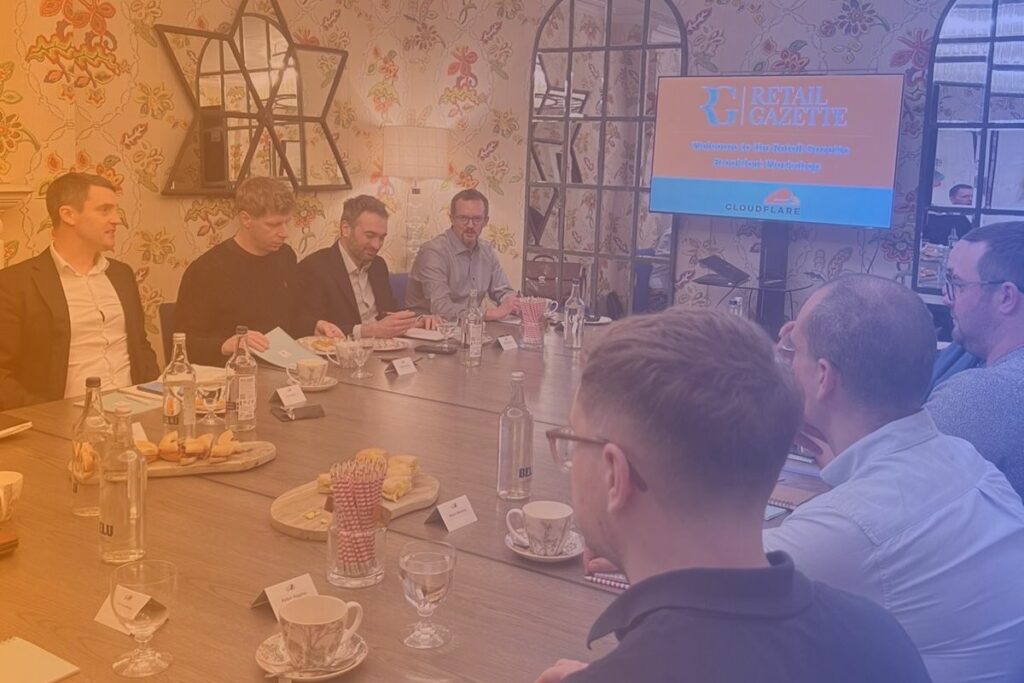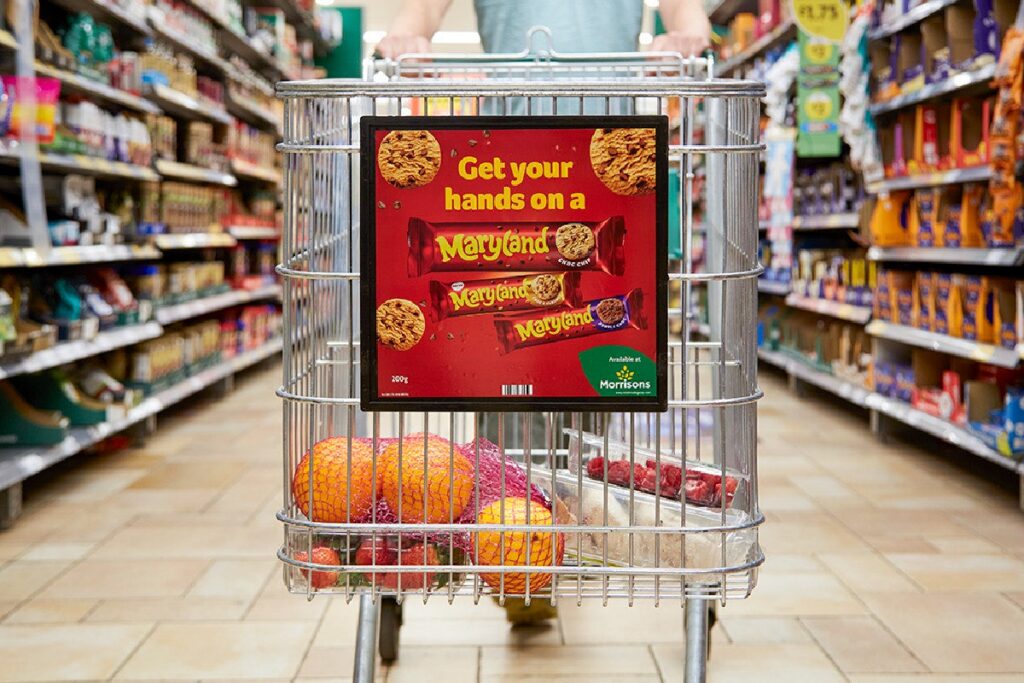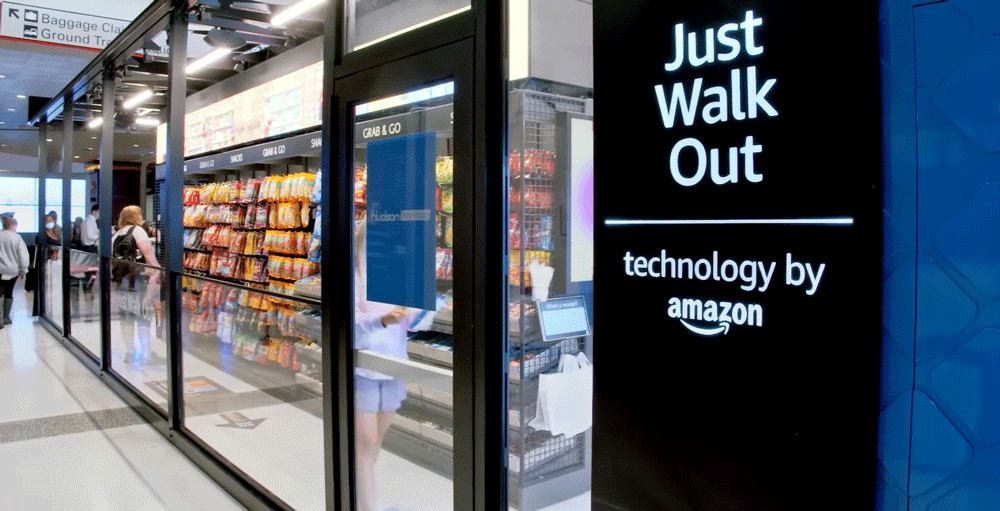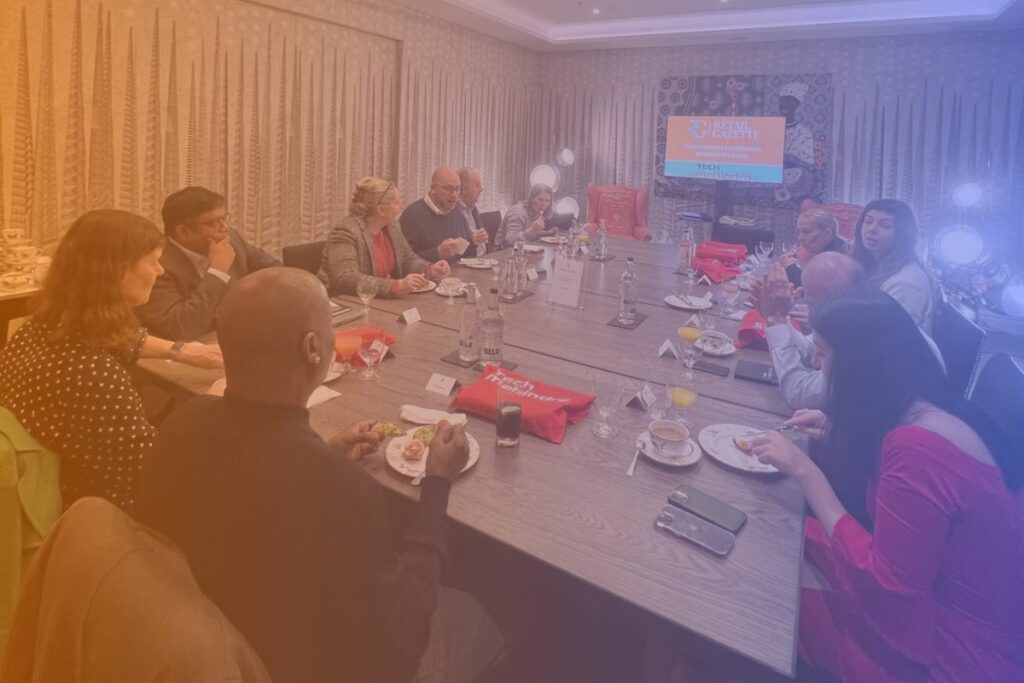Retail tech leaders gathered to discuss the challenges around tech infrastructure performance and security at Retail Gazette and Cloudflare’s VIP breakfast.
Retail tech leaders’ challenges with legacy systems are ongoing, the industry has generally been slow to modernise, and there are “common tech problems” across the sector.
These were among the key themes to arise from a senior-level retail tech event hosted by Retail Gazette and IT network and cloud cybersecurity services provider Cloudflare, in London earlier this month.
Representatives from retailers includingBurberry, Costa Coffee, Currys, Dune, and Ocado delved into the topic of what makes a secure and performant IT infrastructure strategy in 2024.
While there is no one-size-fits-all strategy, mainly due to the different stages of IT maturity each retailer finds itself at, the Chatham House Rules discussion highlighted how significant progress in this space requires c-level buy-in and the help of a carefully curated set of technology solution providers.
Retail Gazette has picked out five key talking points from the event.
1. Modernisation is slow progress
No retail technology-related event can ever pass without reference to how legacy systems hold up rapid digital transformation, and this one was no different.
One retailer said ERPs typically used in retail “were built for a moment in time” and they get “ingrained” in the infrastructure, making it challenging to bring in the latest tech.
All retailers know they need to do something about it, especially as it gets more expensive to fix as time goes on, but the major shift to replace these systems is often “skirted around”, they added.
Another attendee commented: “We haven’t modernised as quickly as we could have done and the legacy debt is a real problem.
“It’s a ball and chain we’ve been carrying around with us for a decade.”
2. Shift to the cloud is the way forward
Underlining the aforementioned slow progress in terms of IT modernisation, which can leave retailers prone to cyber attacks and under-performance, one roundtable guest said, that in many cases retailers are “cloud-last, not cloud-first” despite what some of their public messaging may be.
Nevertheless, the evolution towards cloud is key for most retailers.
One executive said moving away from an on-premise set-up can “make the problem of legacy tech smaller”, while another talked up some cost benefits with cloud as it can be purchased “as a service” therefore fits into operational – not Capex – expenditure on the P&L sheet.
This positioning can help convince the c-suite to approve big projects, according to several of those in the room.
3. Challenges in winning boardroom buy-in
Those at the roundtable explained the difficulties in getting c-suite approval for big tech transformation projects.
For some public company boards, it can be “difficult to take a big hit” on tech investment and transformation in one quarter, said one retailer.
They added: “You need to build a long-term tech strategy and position it alongside quick wins.”
In what is often a revolving door of leadership at large retailers, this method can be productive because those quick wins can help new c-suite paint a picture of progress and build momentum behind their overall longer-term strategies.
Another guest said: “There’s always a push for value for money when it comes to tech investment, so that leads us towards integration projects and stitching platforms together as opposed to complete overhaul of systems.”
4. Digital transformation about mindset change
One retailer said: “Digital transformation is about getting people in the organisation to understand the tech – getting the workforce onside with new software and tools is the key part of overall digital transformation strategy.”
This prompted a lively debate around the table about how to deploy engineering staff and working practices within tech teams.
“With our IT application teams, we feel it is important to provide them with the guardrails but not direct them towards specific ways of working,” explained one tech lead.
From an internal security perspective, the retailers said they set “clear boundaries” on data access, but some acknowledged there is a need to operate with an element of risk.
“You don’t want it to be too draconian – too much security breaks the agility,” one noted.
5. Find technology companies that ‘think like us’
As retailers look to create more reliable platforms – whether general IT infrastructure or ecommerce – they are building a tech stack of several suppliers in combination with their own bespoke systems.
One retailer spoke of “anxiety” with being led by other vendors and talked up the importance of maintaining overall control of the stack.
However, as a Cloudflare customer, they spoke positively about how this particular company integrates with the tech team.
“Cloudflare is really like us in how they think as an organisation – and that is really important in a tech vendor,” he explained.
“It’s crucial to develop a common language between vendor and retailer if ongoing progress is to be made in digital transformation.”
Daniele Molteni, group product manager at Cloudflare, said: “It was great to hear everyone’s thoughts on ‘the cloud’ and how they’re approaching security, tackling legacy – now better known as heritage – infrastructure and technical debt.
“Special thank you to Ollie Hunter from Ocado Group for talking about how with Cloudflare, Ocado has reduced their attack surface by 98% migrating away from their heritage VPN.
“Cloudflare provides a unified and programmable platform of security and connectivity services across a global network spanning more than 310 cities.”
He added: “What we’re delivering for retailers is making their employees, applications, and networks faster and more secure everywhere while reducing complexity and cost.”
Read more about Cloudflare’s work in ecommerce
Click here to sign up to Retail Gazette‘s free daily email newsletter


















